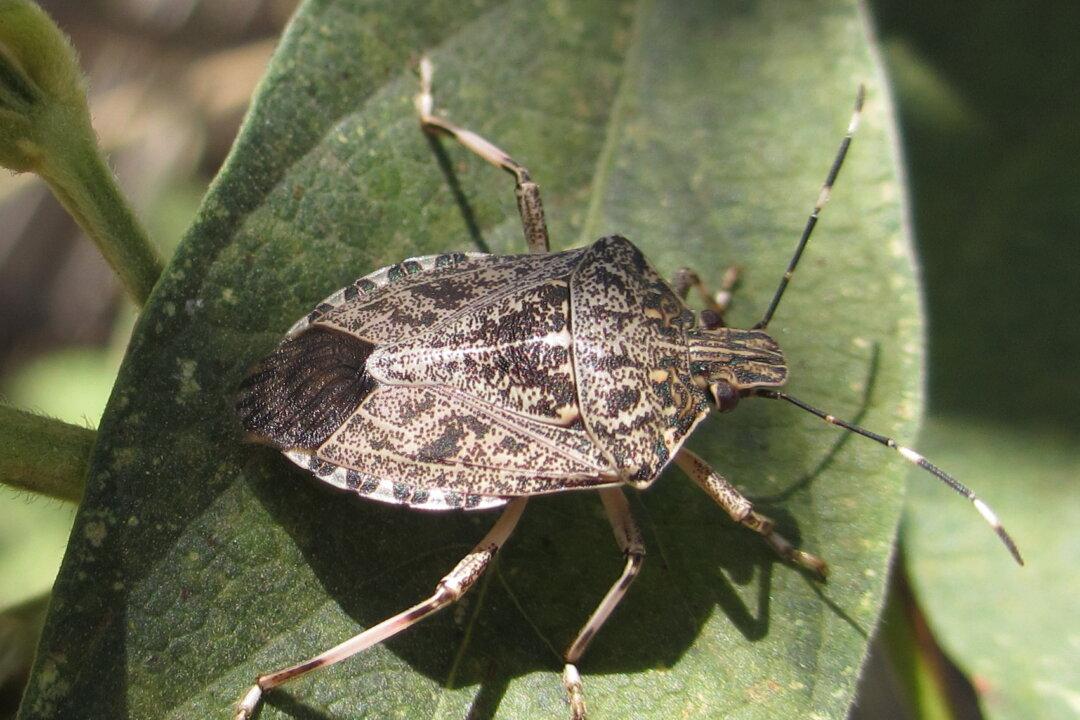A study has found that the recent “polar vortex” might have killed 95 percent of stink bugs that hadn’t found shelter to stay warm over the winter.
A release from the National Pest Management Association cited a study from Virginia Tech University for the finding.





